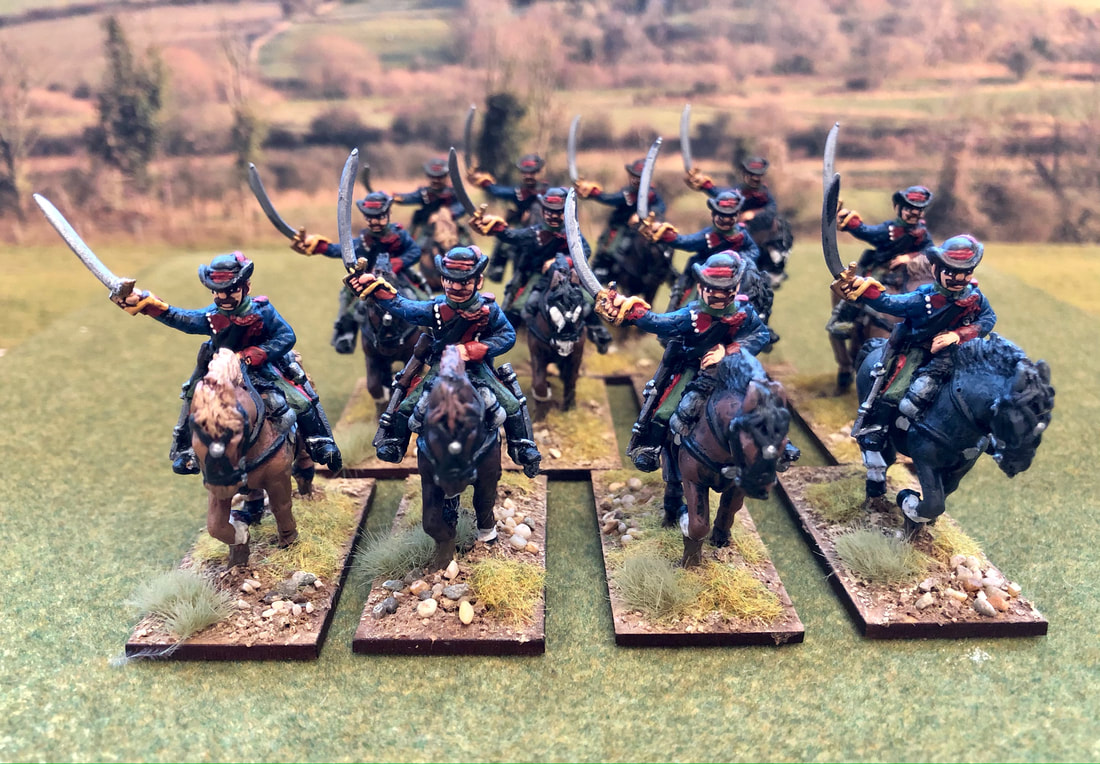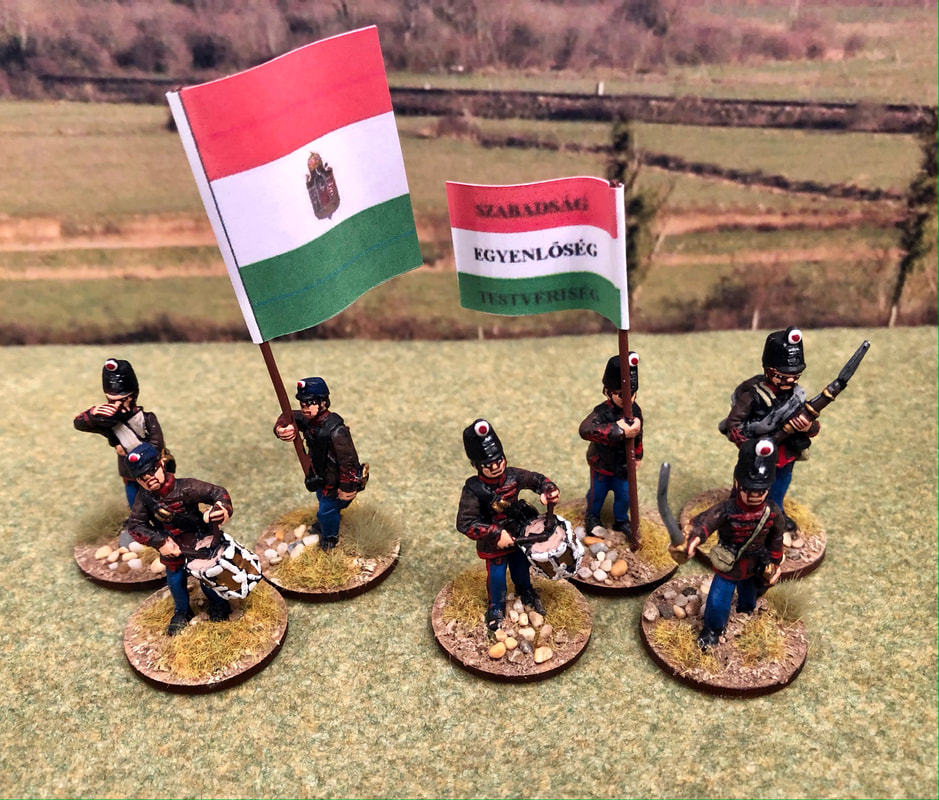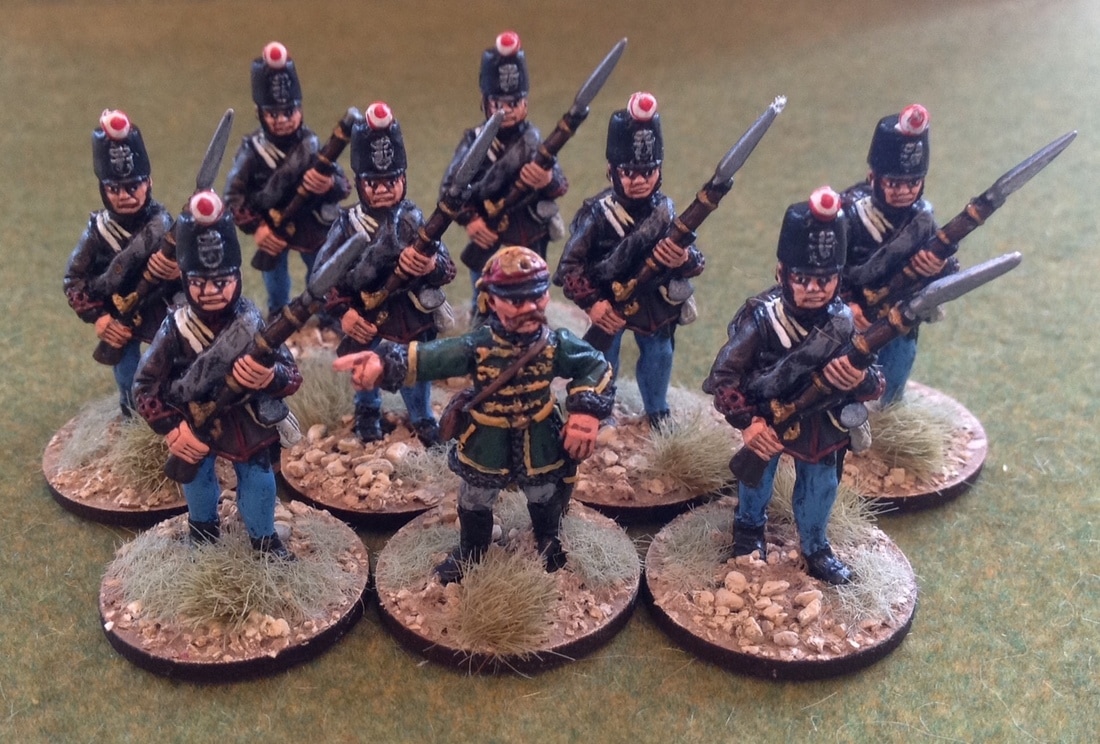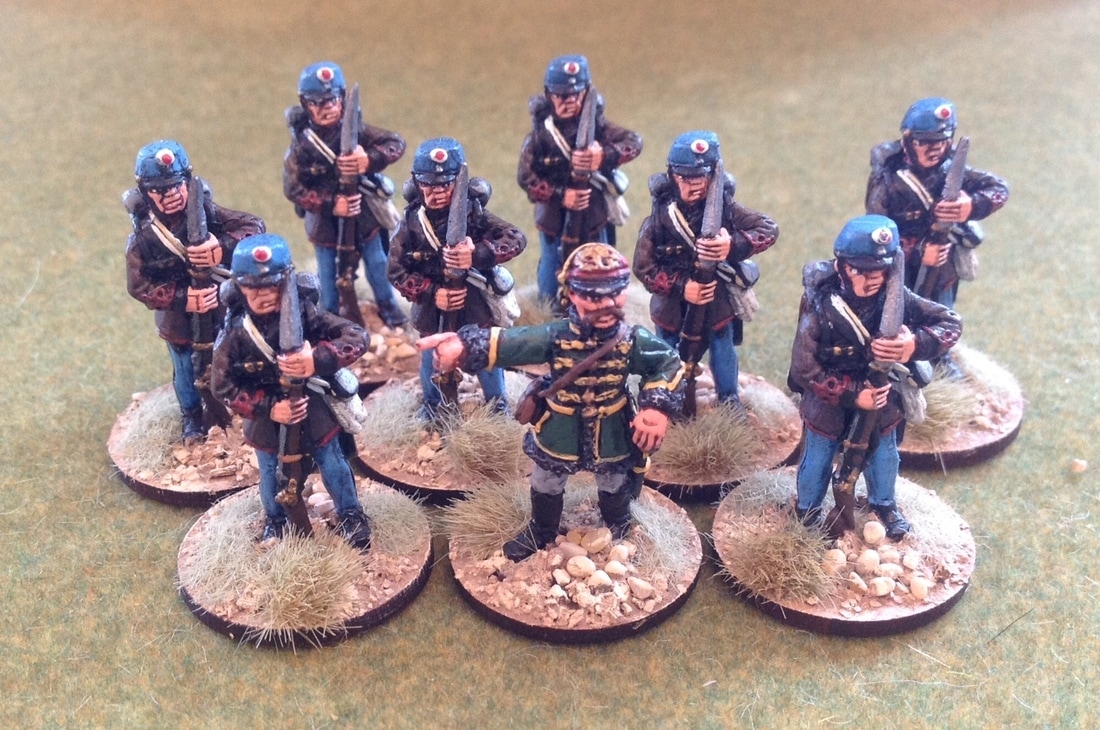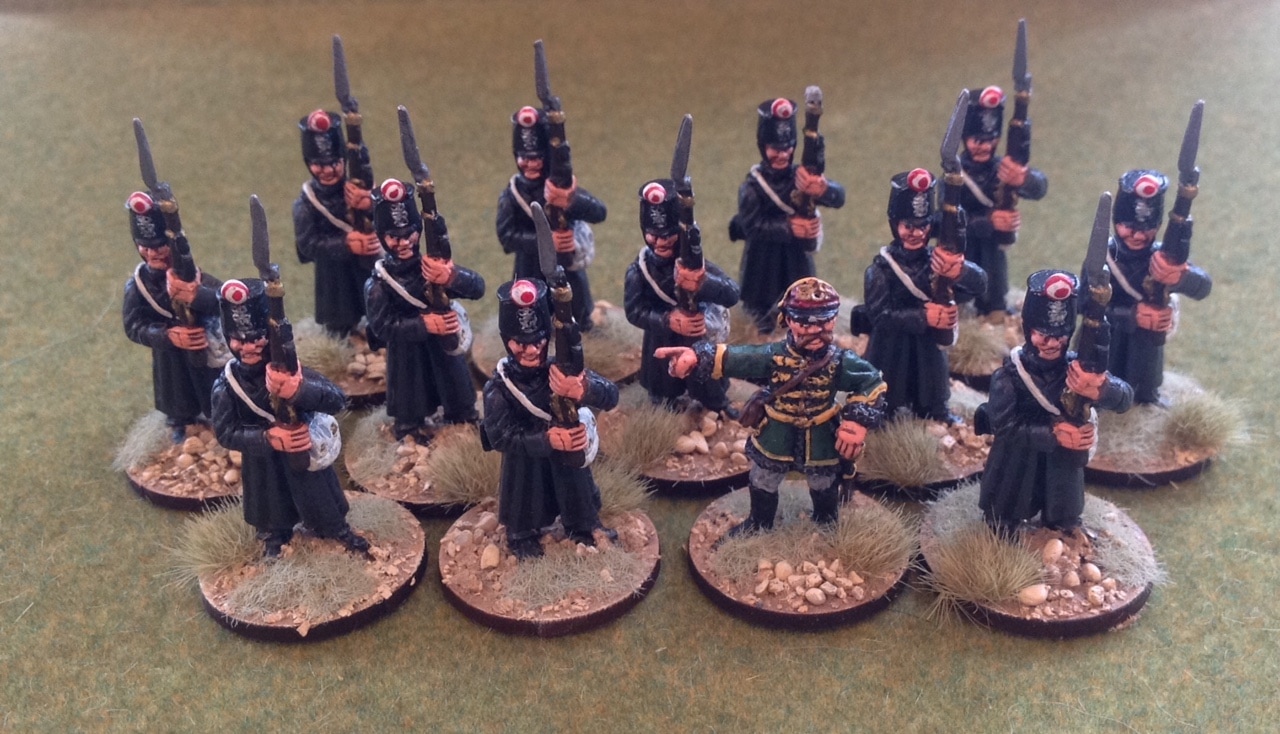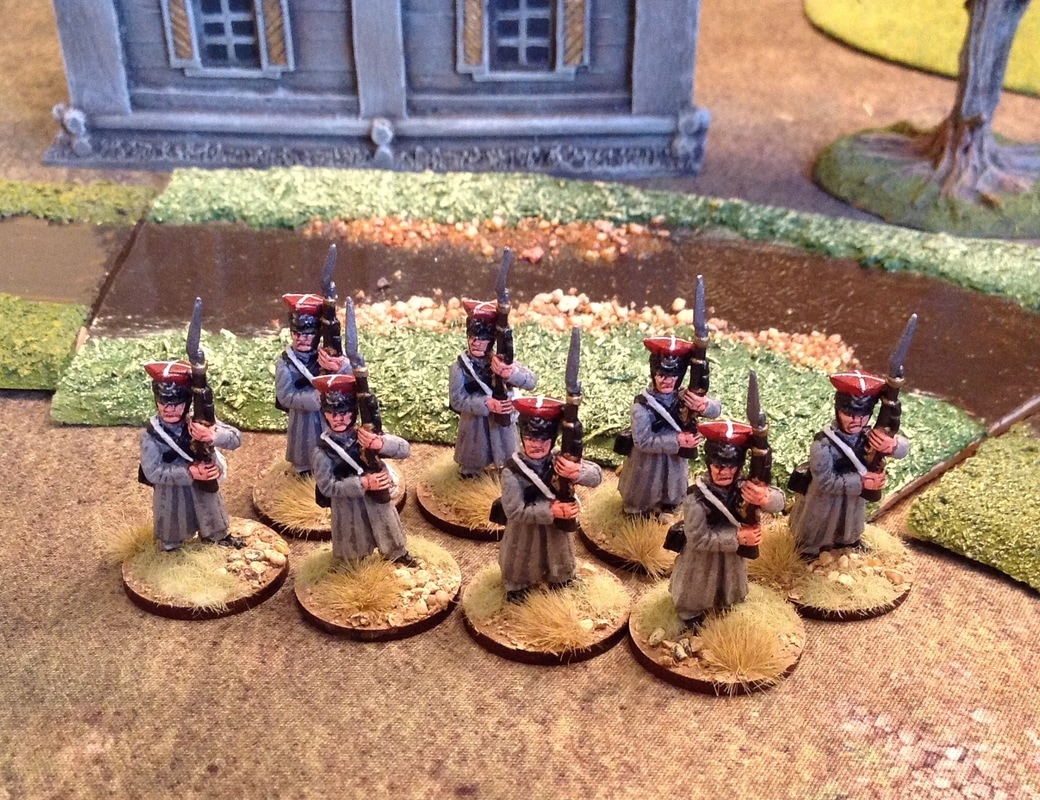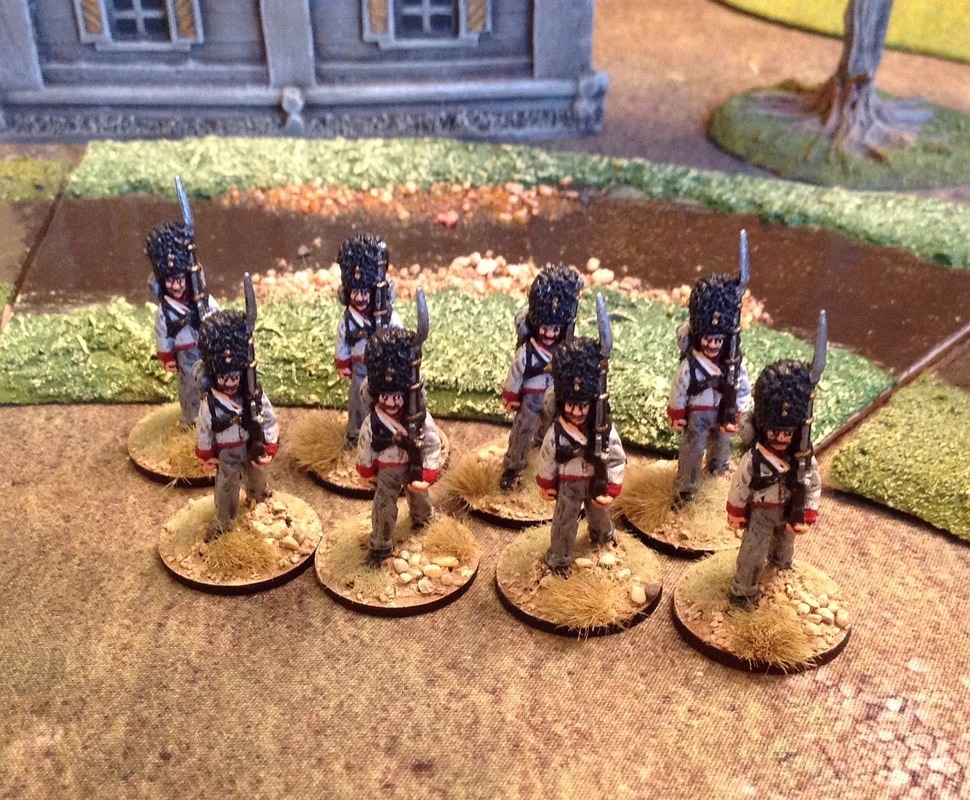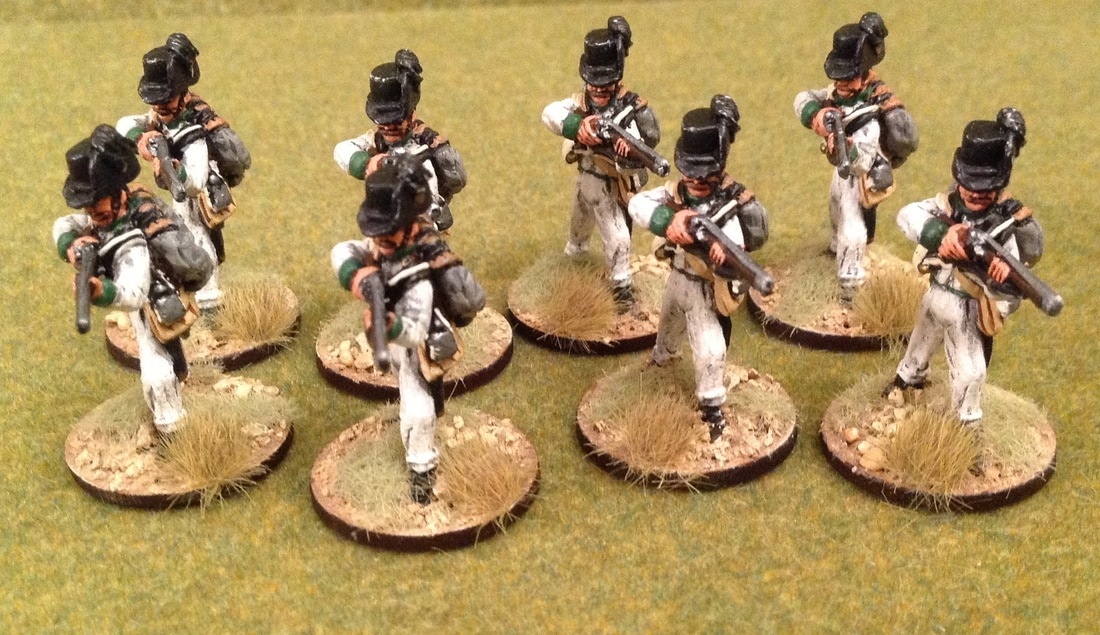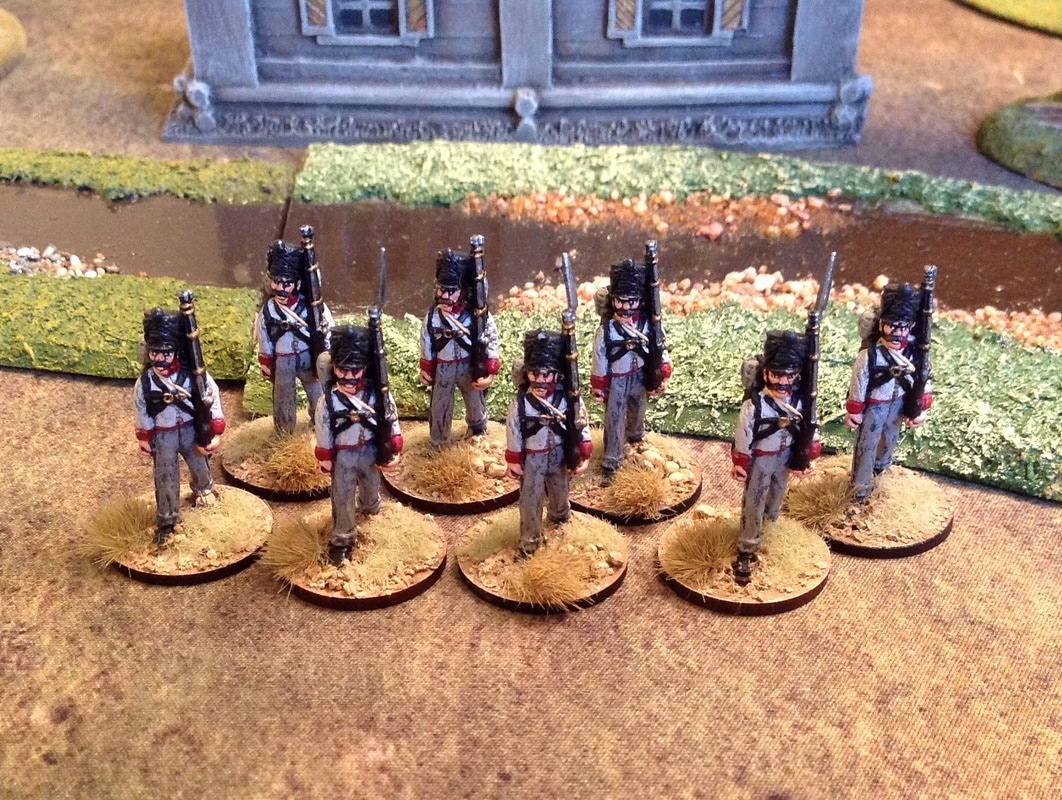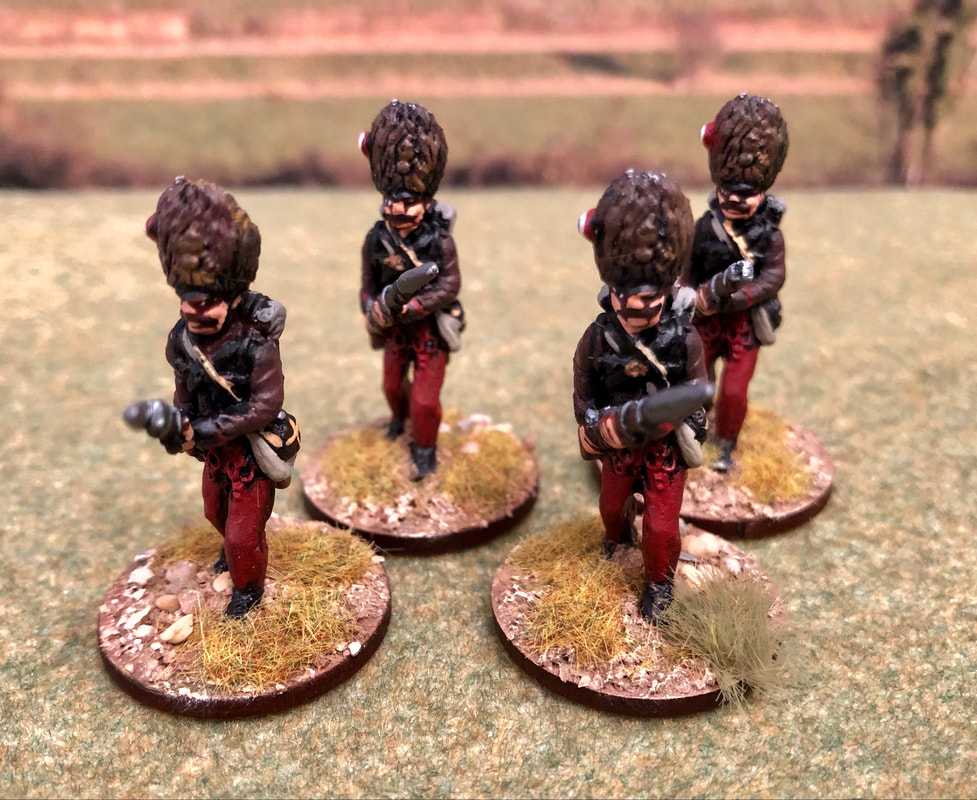- Home
- About
-
Travel
-
Features
- Dyrrachion1081
- Normans in the Balkans
- Manolada 1316
- Kosovo 1389
- Castles on the Danube
- Late Medieval Bosnian Army
- Doboj 1415
- Wallachian and Moldovan troops of the Napoleonic wars
- Anchialos 917
- Slovenian Borderlands
- The Zadruga and the Military Border
- Cretan War in the Adriatic
- Salonika 1916
- Uskoks of Senj
- Siege of Klis 1537
- Eugene in the Balkans
- Moldavian Surprise 1711
- Austro-Turkish War 1737-9
- Militargrenze
- Invading Ottoman Turkey
- Siege of Ragusa 1814
- Russo-Turkish War 1806-12
- Serbian Uprising 1815
- Ali Pasha
- Ottoman Army 1826
- Aleksinac 1876
- Shipka Pass
- Slivnitsa 1885
- Romanian Army 1878
- Austrian forts 19thC
- Kumanovo 1912
- Catalca Lines
- Adrianople 1912-13
- Kajmakcalan 1916
- The other 1918 campaign
- Macedonia air war WW1
- War of the Stray Dog
- Royal Yugoslavian armed forces
- Blunder in the Mountains
- Romanian SS
- Gebirgsjager in the Balkans
- Knights Move 1944
- Vis during WW2
- HLI in the Adriatic
- Adriatic Cruel Seas
- Dalmatian Bridgehead
- Cyprus 1974
- Transnistrian War
- Ottoman Navy Napoleonic wars
- Medieval Balkans
- Balkan lockdown quiz >
- Reviews
-
Armies
- Ancient Greeks
- Pyrrhic army of Epirus
- Dacian wars
- Goths
- Late Roman
- Comnenan Byzantine Army
- Normans
- Serbian medieval
- Albanian medieval
- Wallachian medieval
- Bosnian Medieval
- Catalan Company
- Polish 17C
- Austrian Imperialist
- Ottoman
- Austrian 18thC
- Russian Early 18thC
- Ottoman Napoleonic
- Greek Revolution
- 1848 Hungarian Revolution
- Russian Crimean war
- Romanian Army of 1877
- Ottoman 1877
- Russian 1877
- Balkan Wars 1912-13
- Macedonia WW1
- Greece WW2
- Italian Army WW2
- Gebirgsjager WW2
- Hungary WW2
- Turkey WW2
- Soviet Union WW2
- Bulgaria WW2
- Turkish Korean War Brigade
- Balkan Wars 1990s
- Links
- Books
Hungarian Revolution of 1848-49
|
1848 was the year of liberal revolutions, sparked in France (although arguably Sicily), which ushered in the Second Republic. Over 50 countries were affected, even Britain where the Chartists sowed the seeds of later reforms. There was little coordination between the countries involved, but there were some common themes. These included demands for greater democracy, and press freedoms, with common cause between the working and middle classes against autocratic regimes. Nationalism also played a part and that was the driver for the Hungarian uprising. The aim was an independent state separate from Austria, although initially retaining the Hapsburg monarchy. Hungary in 1848 was a much larger state than today and included many minorities that also wanted autonomy. The Austrian’s spent the summer putting down revolts elsewhere in the Empire before a force led by the Croat commander, Joseph Jellacic, advanced on Budapest. He was defeated and withdrew towards Vienna, where he rallied with the main Austrian army and defeated the Hungarians. The Austrian’s counter-attacked, Budapest was captured in January 1849 and with Russian assistance most of the country was occupied. The Hungarian’s under Kossuth rallied new armies and declared against the Hapsburgs. However, in June 1849 a fresh Austrian and Russian offensive gradually retook all the Hapsburg lands. Hungarians The new Hungarian government had the support of some regulars and was in the process of creating a National Guard. However, they created a volunteer army called the ‘Honved’, which has different meanings in Hungarian including, ‘army’, ‘national army’, or just a patriotic name for a soldier. These volunteers were a mixture of peasants and workers with a leavening of better-educated young men. The first ten battalions were to become the elite troops of the army. The army went on to raise 75 battalions following conscription and recruitment from deserters. At its peak, the army raised 148 battalions (170,000 men), but equipment was limited with some battalions armed only with scythes. Uniforms were a problem, even though the first battalions were supplied from central stores. Locally raised units were supplied from local sources leading to an array of uniform styles. These are covered in Ralph Weaver’s book ‘The Hungarian Army 1848-1849’, published by Partisan Press. For a more detailed history of the revolution I would recommend, ‘The Lawful Revolution – Louis Kossuth and the Hungarians 1848-49’, by Istvan Deak. Austrians
The Austrian army recovered from a bad start to be successful on all fronts. It largely remained loyal to the Hapsburg's and ended the war with 648,000 men under arms and 1200 guns. However, the ethnic divisions may have suppressed, but it was a divide that would dog the army until the empire came crashing down in 1918. A typical division had two or sometimes three brigades. A brigade had around four battalions and an artillery battery. Foot included grenadiers, line, jager and grenzer, who by this time operated as line infantry. There is a good description of their campaigns in 'The Army of Francis Joseph' by Gunther Rothenberg. The Austrian army of this period was unusual in that it had no guard units. However, there were 20 independent Grenadier battalions. Then we have the backbone of the army, the 58 line regiments. However, they rated fairly low in the pecking order of military service and many units, outwith Italy and the Military Border, were constantly understrength. Financial constraints meant men were sent on unpaid leave after initial training, only to be recalled for manoeuvres and emergencies. Strategy, tactics and equipment largely dated from the Napoleonic period. The exception was infantry muskets. Starting in 1835, first line units received percussion pill-lock conversions and specialist percussion rifles were issued to the Jagers. This model was further improved in 1842. However, financial constraints meant that ammunition for training was limited to 20 rounds a year for line units. A single round cost the equivalent of a day's ration. This meant marksmanship was poor and very little realistic field training was undertaken. All the wargame figures are 28mm from the Steve Barber range |
